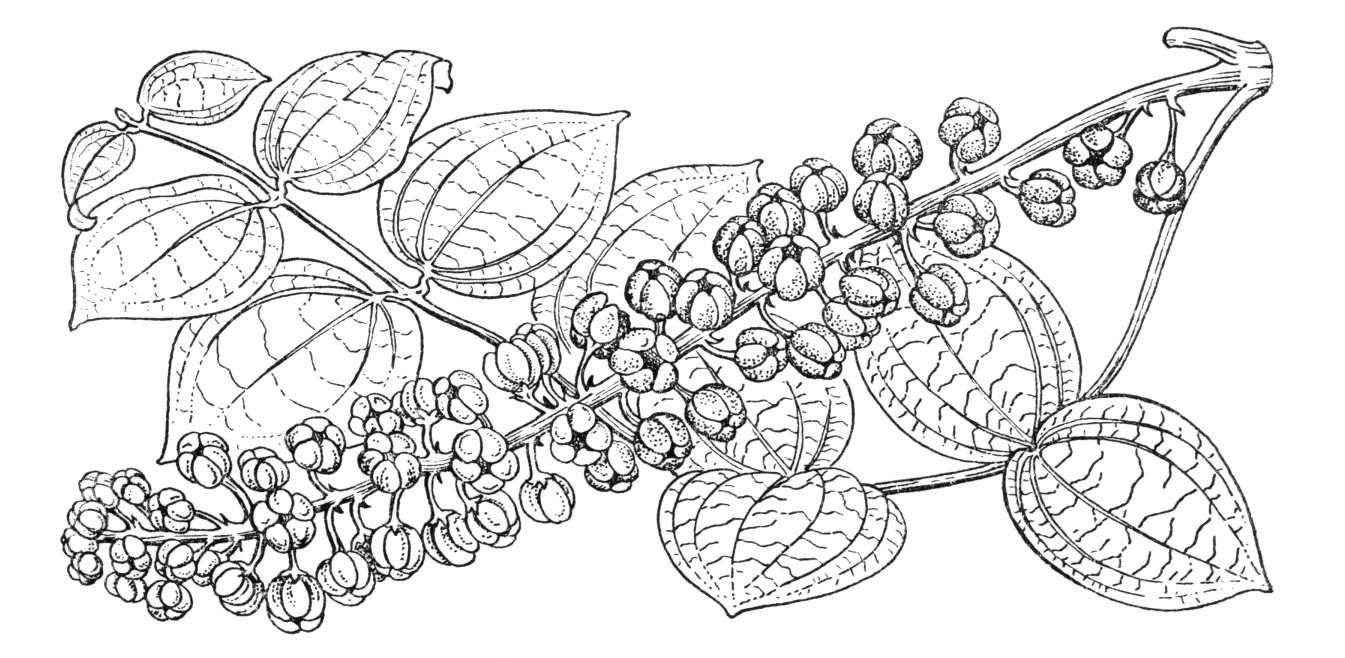Coriaria
Credits
Article from Bean's Trees and Shrubs Hardy in the British Isles
Recommended citation
'Coriaria' from the website Trees and Shrubs Online (treesandshrubsonline.
Family
- Coriariaceae
A small genus of shrubby and herbaceous plants whose affinities are doubtful. By Bentham and Hooker the family is placed near Anacardiaceae (Rhus, etc.), but other authorities regard it as more closely allied to Simaroubaceae (Ailanthus, etc.). The coriarias have simple, opposite, entire leaves; small flowers in racemes terminating the current season’s growth, or produced from the joints of the previous season’s wood. In some species male and female flowers are borne on separate and distinct racemes. Sepals and petals five; stamens ten; carpels five; one-seeded. The most interesting character of these plants is the persistence of the petals, which, as the fruit ripens, thicken and become juicy and more or less highly coloured, finally enclosing the fruit. It is to them that the plants owe most of their attractiveness. The leaves and fruits are mostly poisonous.
The coriarias are scarcely hardy enough to be seen at their best near London, being killed to the ground in severe winters. They are better adapted for more southern and western counties, where they bear fruit with greater certainty. They like a fairly good, loamy soil, and can be propagated by seed (which is preferable), or by cuttings made of half-ripened shoots.

